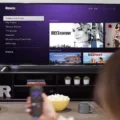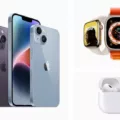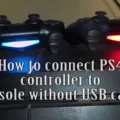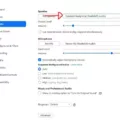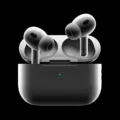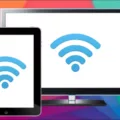One of the most common issues faced by Xbox One users is the headset not working on Xbox One. This can be frustrating, especially if you’re trying to communicate with your team while playing a game. Fortunately, there are some simple steps you can take to troubleshoot this issue.
Firstly, make sure that your controller is up to date. To do this, connect your controller to your Xbox One console using a USB cable. Once connected, go to Settings, then select Devices & Accessories. From here, select the controller you’re using and then select Update. If an update is available, follow the on-screen instructions to download and install it.
Once your controller is up to date, insert the headset adapter into the bottom of the controller. Then, insert the headset’s audio plug into the bottom of the headset adapter. Be sure to insert the plug all the way in to ensure a proper connection.
If your headset still isn’t working, try adjusting the audio settings on your Xbox One console. Go to Settings, then select Display & Sound. From here, select Audio Output and then select Headset format. Try changing the format to one of the other options and then test your headset to see if it’s working.
If none of these steps work, try using a different headset or controller to see if the issue is with your current equipment. If the problem persists, it may be worth contacting Xbox support for further assistance.
The headset not working on Xbox One can be a frustrating issue to deal with. However, by following these simple troubleshooting steps, you should be able to get your headset up and running again in no time.
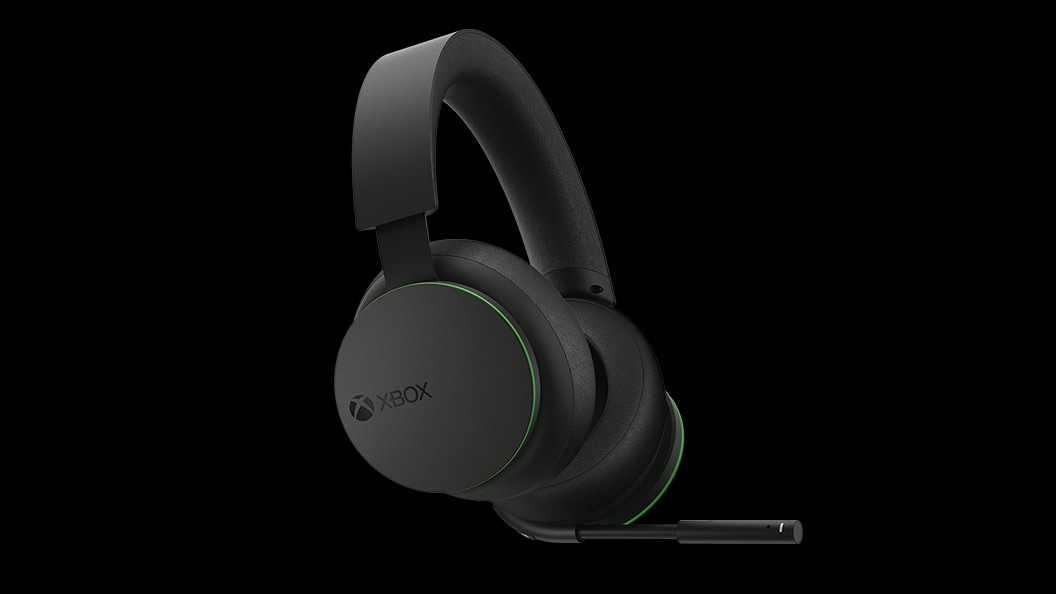
Connecting Headphones to Xbox One
To get your headphones to work on Xbox One, you can use the Xbox One Stereo Headset Adapter. Here’s how to do it:
1. Plug the Xbox One Stereo Headset Adapter into the expansion port on the bottom of your Xbox One controller.
2. Connect your headphones to the 3.5mm audio jack on the stereo headset adapter.
3. Turn on your Xbox One and sign in to your account.
4. Press the Xbox button on your controller to open the guide.
5. Navigate to the System tab and select Audio.
6. Under Headset Audio, select “Headset format” and choose the format that matches your headphones.
7. Adjust the volume and other audio settings as needed.
That’s it! Your headphones should now be working with your Xbox One. If you have any trouble, make sure your headphones are compatible with the Xbox One and that they are properly connected to the stereo headset adapter.
Troubleshooting Headphone Issues When Plugged In
There could be several reasons why your headphones are not working when you plug them in. Some of the common reasons are:
1. Loose Connection: The headphone jack may not be inserted properly or may have become loose over time, resulting in a poor connection.
2. Damaged Audio Jack: The audio jack may be damaged due to wear and tear or physical damage, causing it to malfunction.
3. Compatibility Issues: Your headphones may not be compatible with your device or may require a specific software or driver to work.
4. Audio Settings: The audio settings on your device may not be set up correctly, resulting in no sound being output to your headphones.
To troubleshoot the issue, you can try the following steps:
1. Check the connection: Make sure that the headphone jack is inserted properly and is not loose. Try wiggling the jack gently to see if it makes a difference.
2. Try a different device: Try plugging your headphones into a different device to see if they work. If they do, then the issue may be with your original device.
3. Check the audio settings: Make sure that the audio settings on your device are set up correctly. Check the volume level and ensure that your headphones are selected as the preferred audio output.
4. Clean the audio jack: If your headphones still don’t work, try cleaning the audio jack with a soft brush or toothpick to remove any dirt or debris that may be blocking the connection.
By following these steps, you should be able to determine the cause of the issue and resolve it accordingly.
Getting Xbox to Recognize Headset
To get your Xbox to recognize your headset, you need to follow a few steps:
1. First, make sure your Xbox One controller is up to date by connecting it to your Xbox One console with a USB cable and allowing the update to install.
2. Plug the headset adapter into the bottom of your Xbox One controller.
3. Insert the audio plug of your headset into the bottom of the headset adapter.
4. Turn on your headset and make sure it is properly connected to the adapter.
5. From the Xbox One dashboard, go to Settings > Display & Sound> Volume.
6. Select “Headset” under the “Party chat output” option.
7. Adjust the volume and chat mixer settings as desired.
If your headset is still not being recognized by your Xbox One, try unplugging and reconnecting the adapter and headset, or restarting your console. If the issue persists, check for any updates for your headset and make sure it is compatible with your Xbox One.
Conclusion
The Xbox One is a versatile and powerful gaming console that offers a wide range of features and capabilities. Its advanced hardware and software make it an ideal choice for gamers who want the best possible gaming experience. Whether you are a casual gamer or a hardcore enthusiast, the Xbox One has something to offer. With its impressive graphics, intuitive interface, and extensive library of games, the Xbox One is a great choice for anyone who loves gaming. So if you are looking for a high-quality gaming console that can deliver an immersive and engaging gaming experience, the Xbox One is definitely worth considering.

